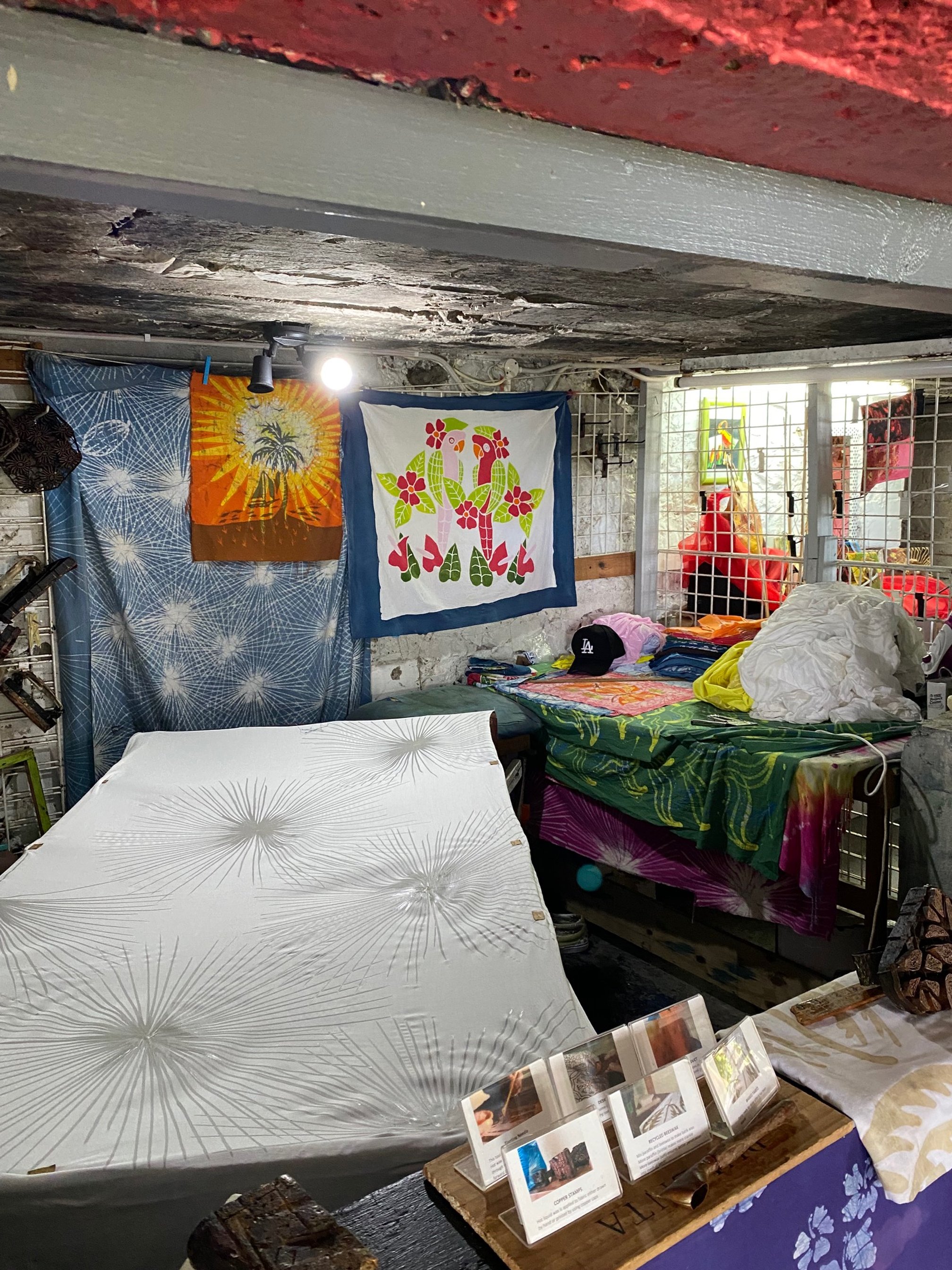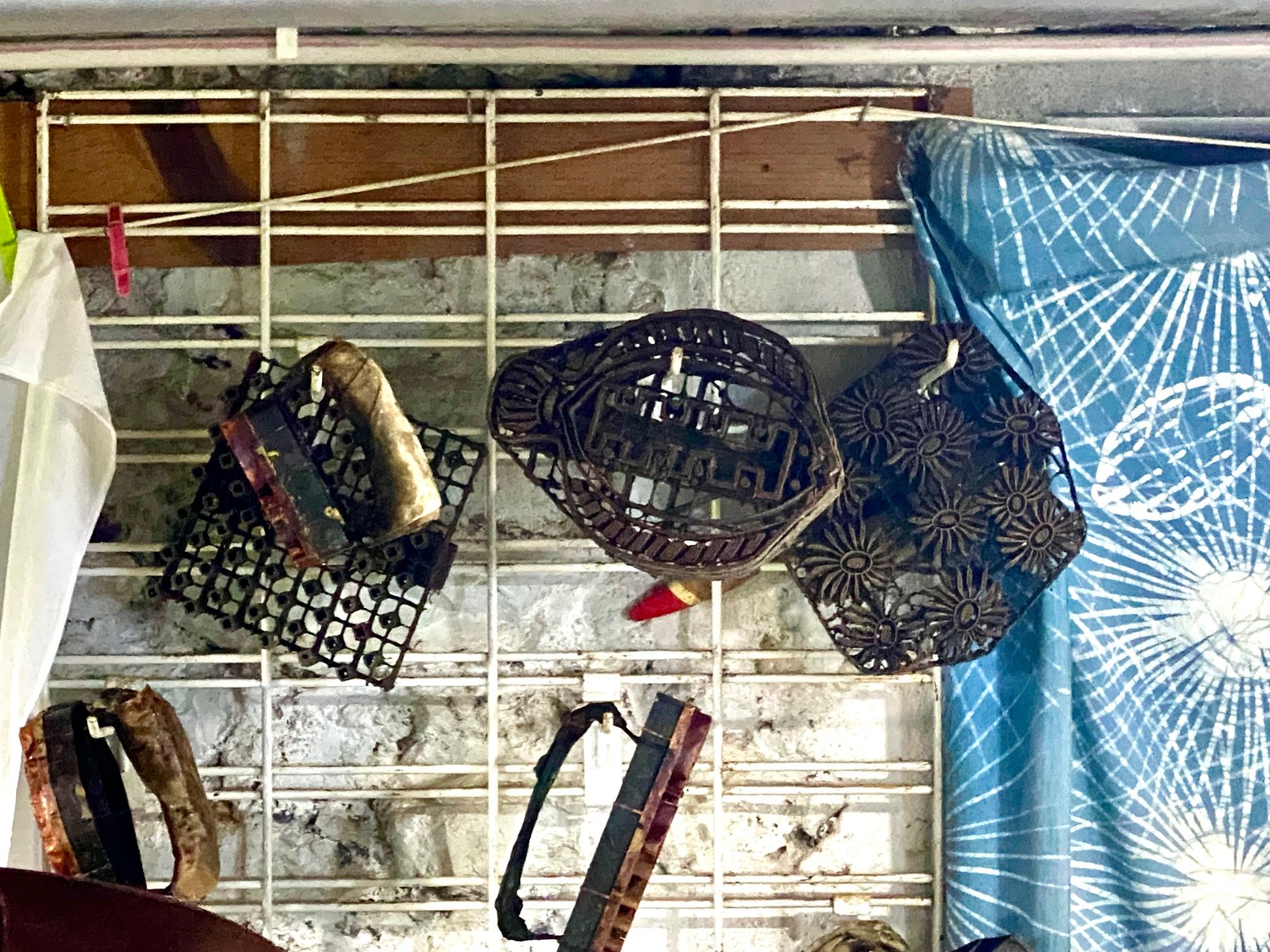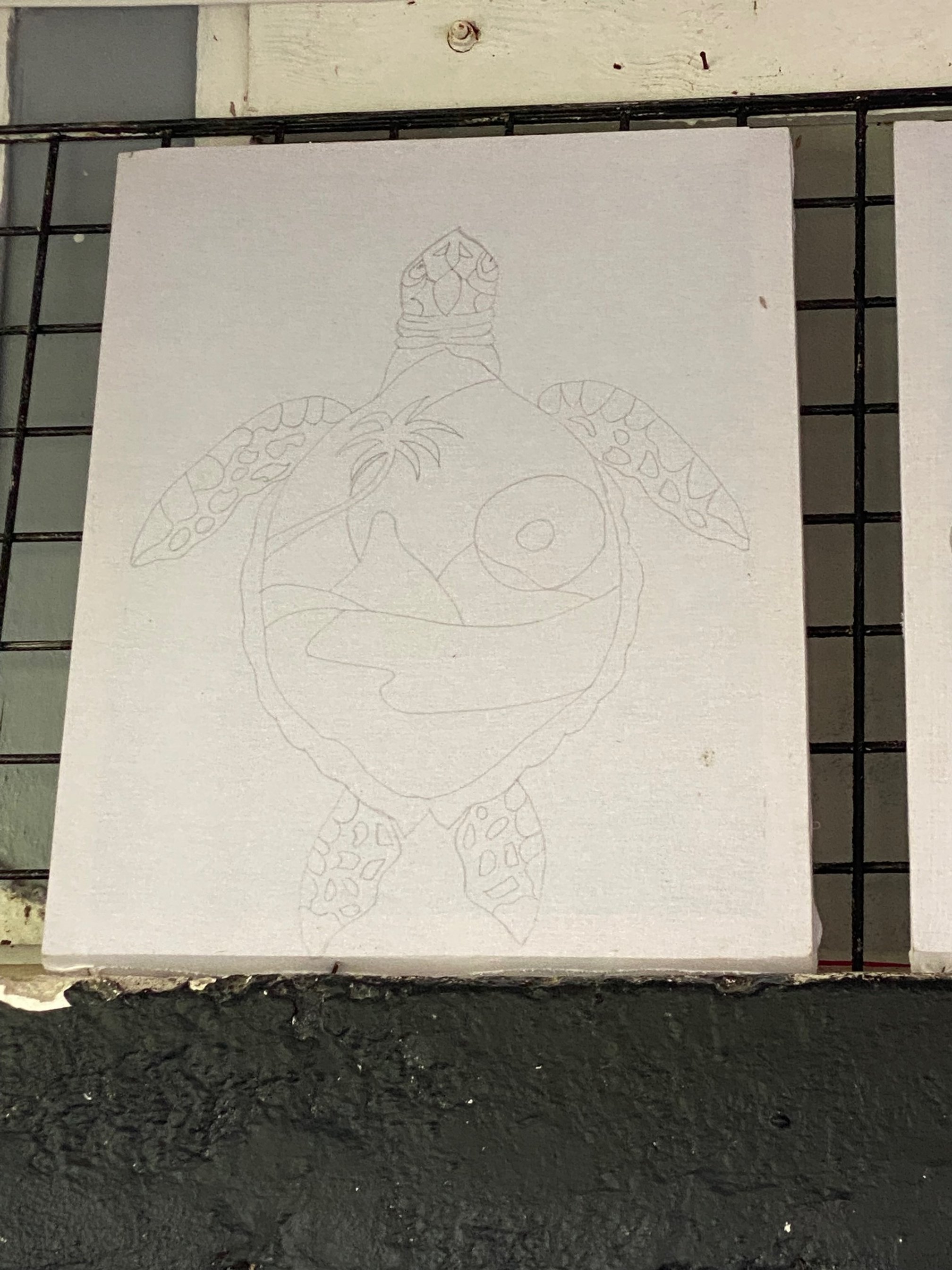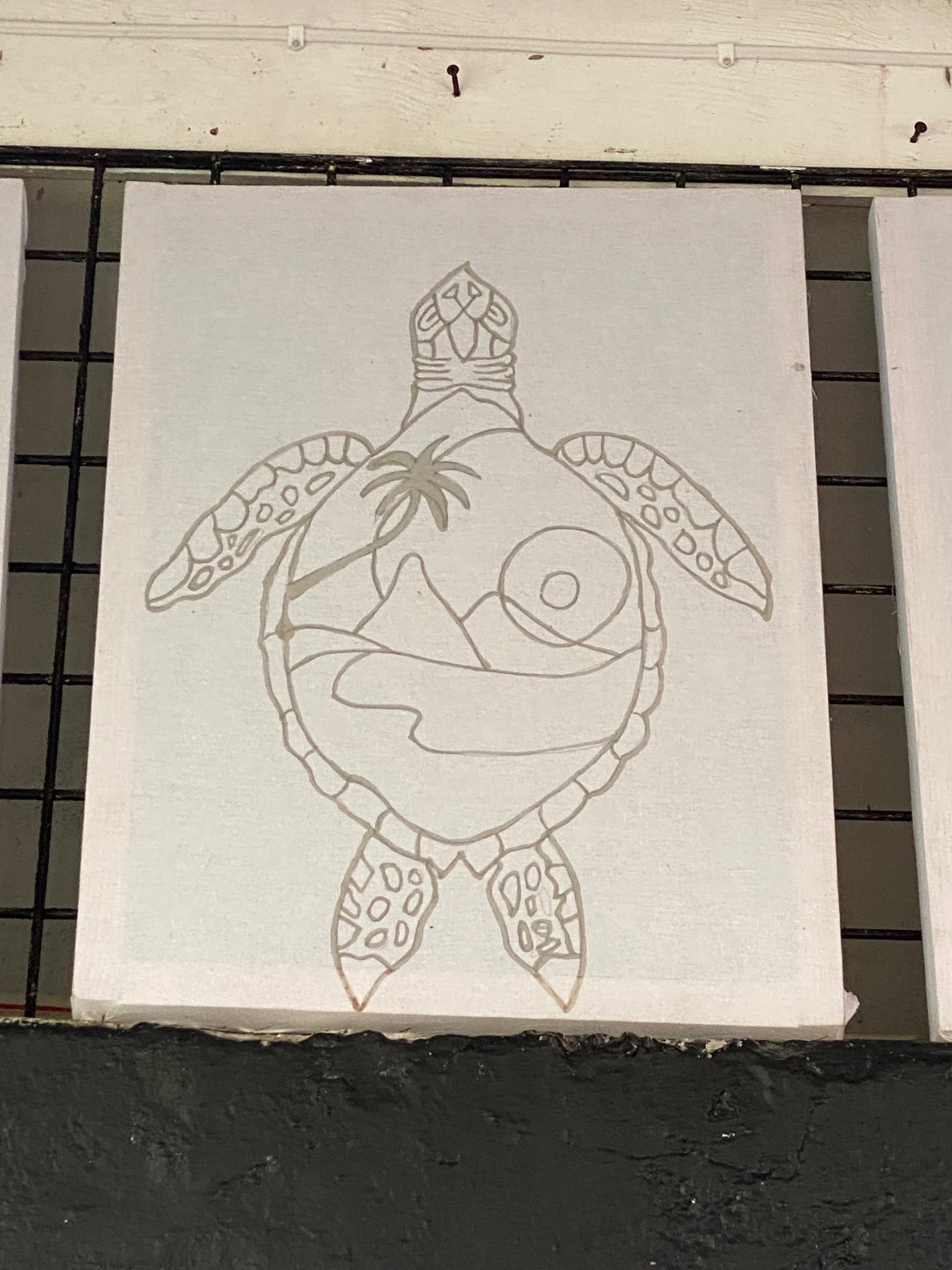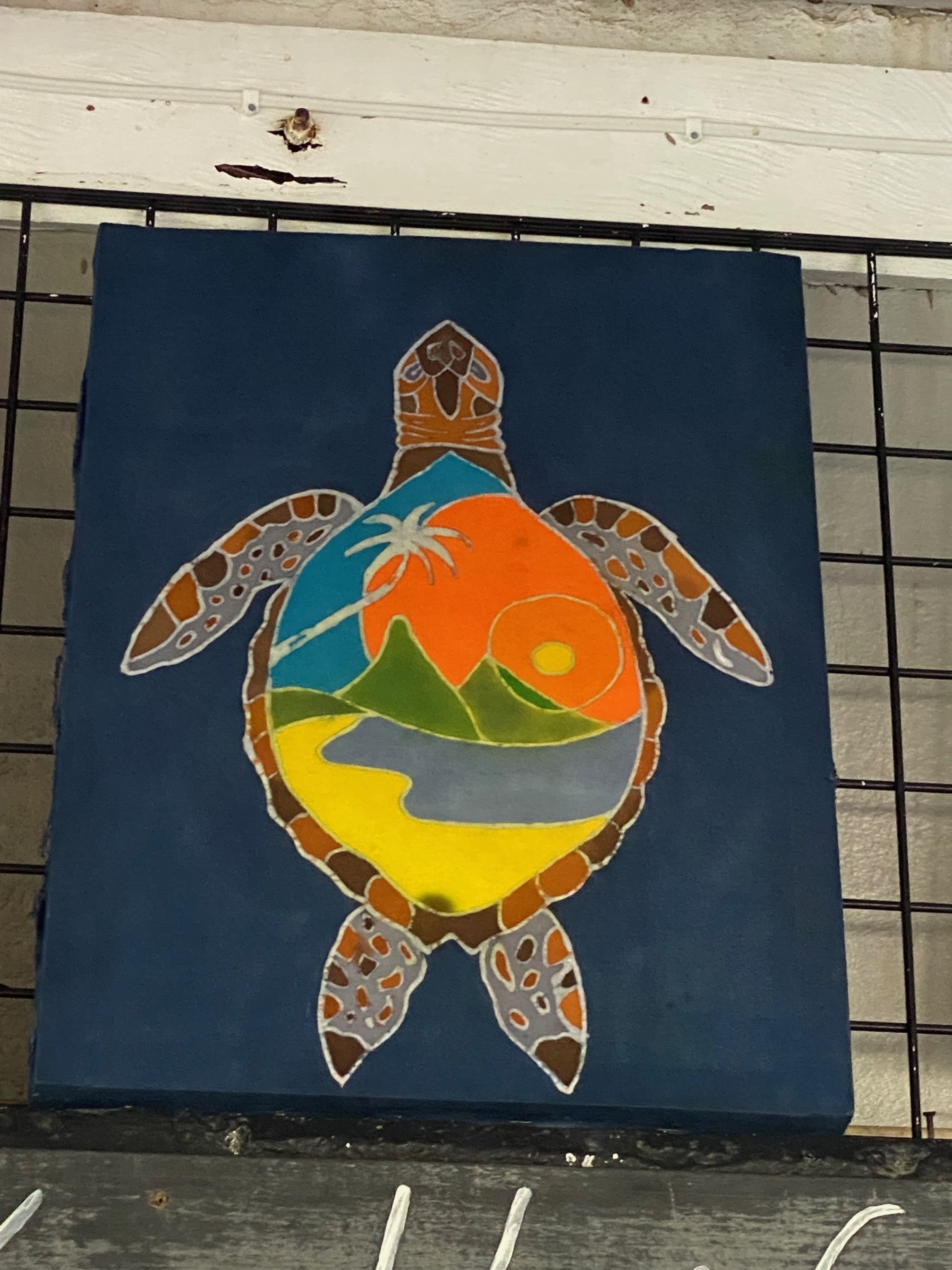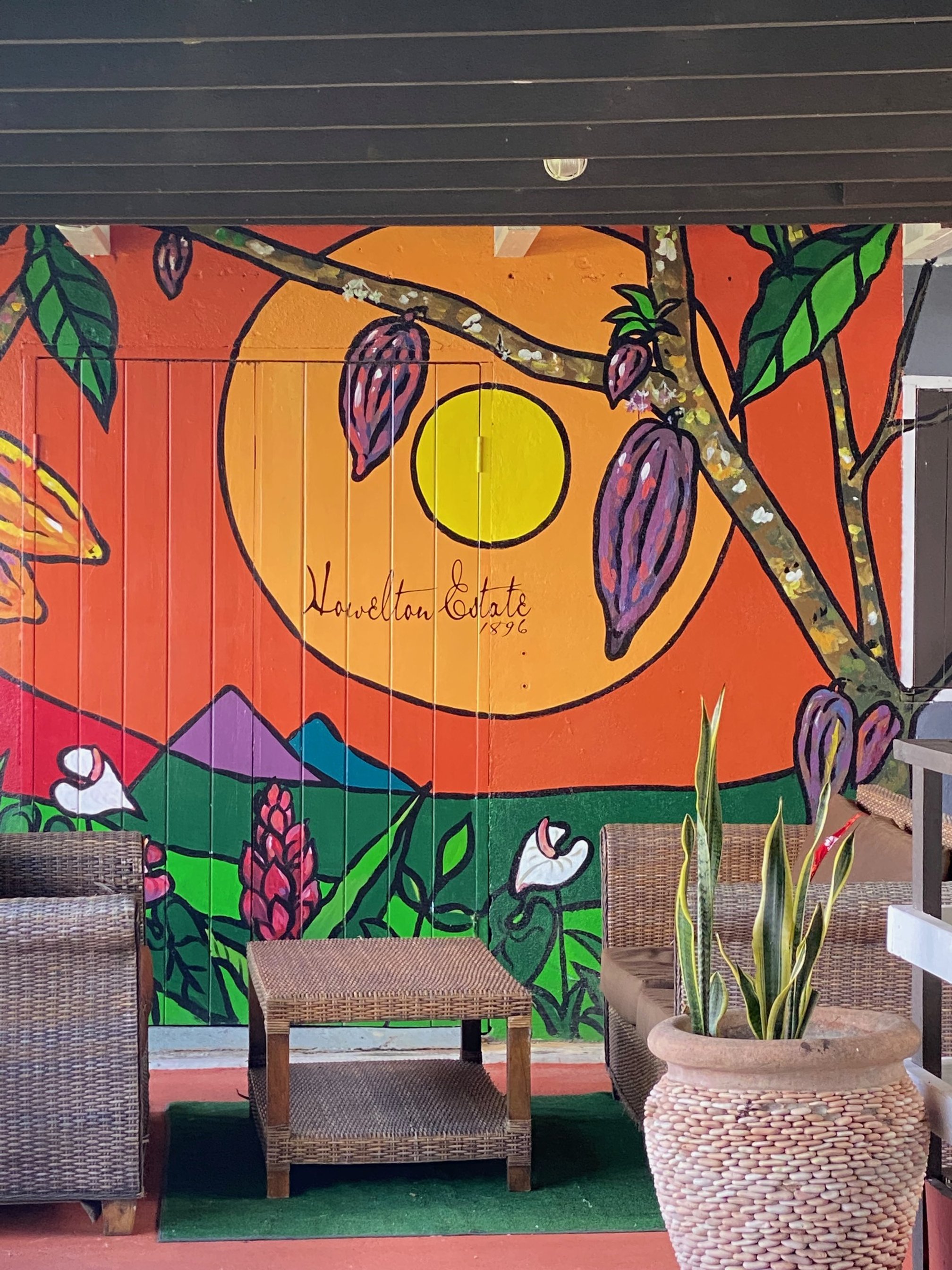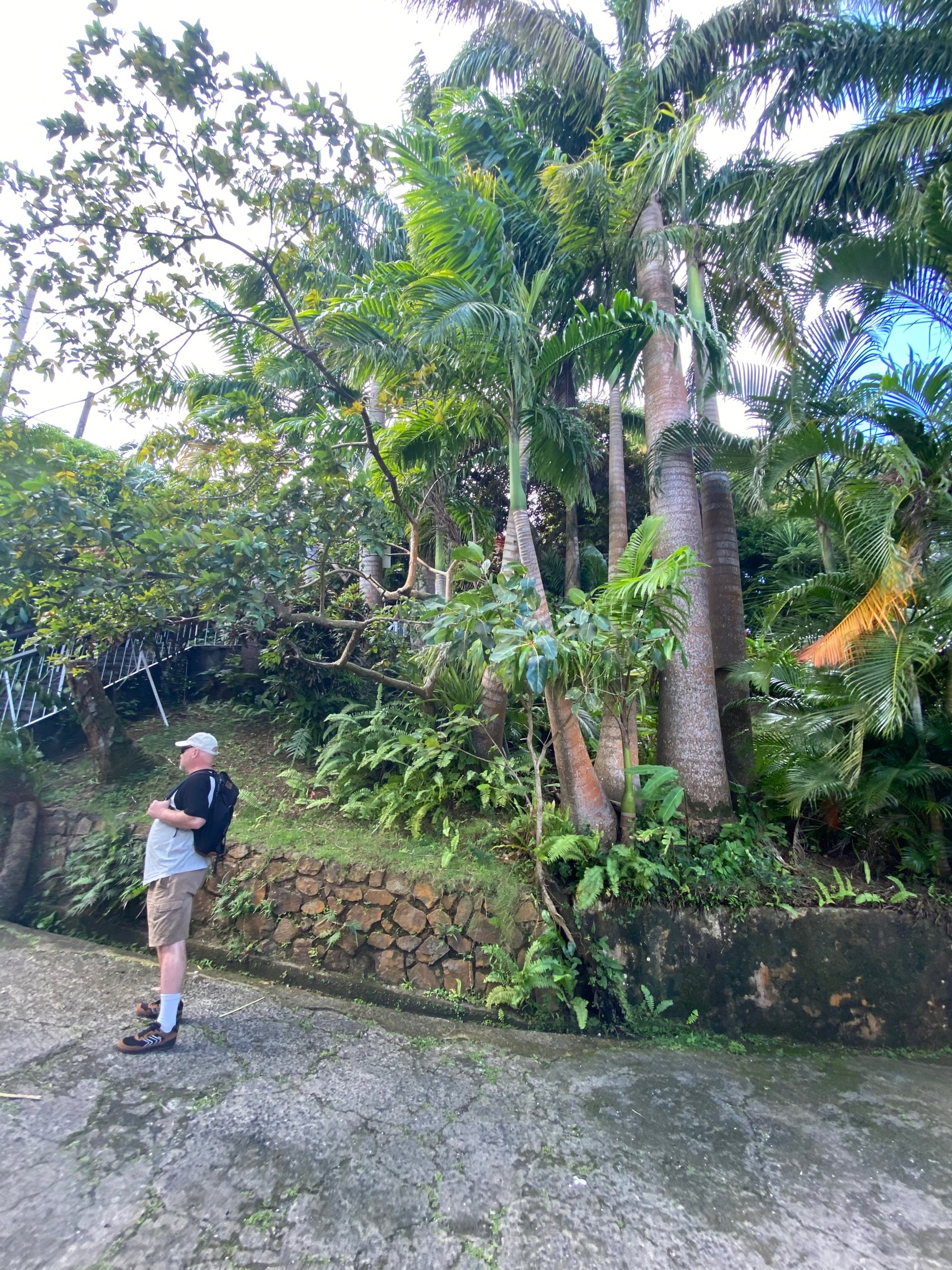As luck would have it, one of the tours offered by our cruise ship was a visit to a batik fabric facility!
The tour itself was short, only about 40 minutes. I can safely say I was probably the only person in our group of approx 30 people who was solely focused on this part of the tour. LOL.
To make this batik fabric, hot wax is applied with a wax pen or stamp (stamps were used in the long flowing strips of fabric).
Previous
Previous











